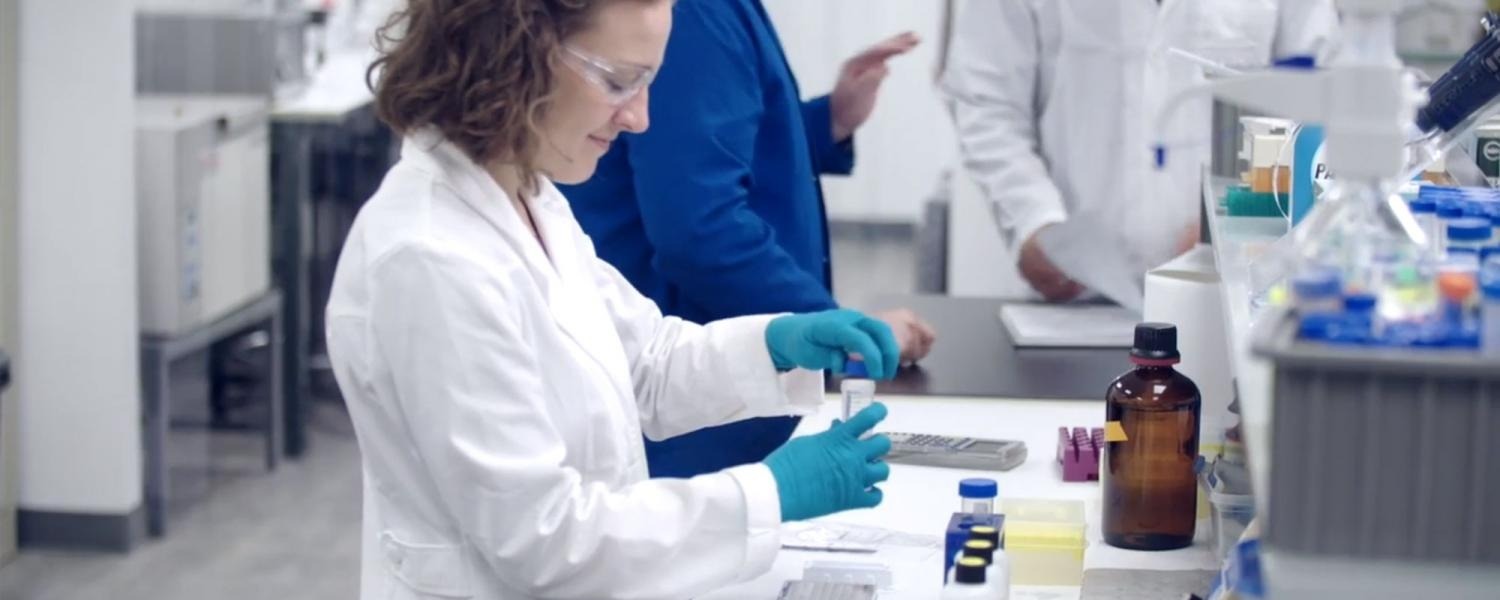With the advent and increased availability of emerging image technologies in recent years, scientists and researchers worldwide have more options than ever to determine which imaging tool would best serve their experimental goals. Recently, the shift from a qualitative and manual analysis of biologically relevant material towards a discrete and quantitative model has changed the focus of imaging technologies. Today, the increased need for analysis of larger and more complex datasets has forced the biotech space to slowly move away from traditional two dimensional brightfield microscopy, the previously held gold standard, in favor of solutions that can deliver more information with higher resolution.
With the arrival of fluorescent probes in tandem with tissue clearing, this shift has been marked by the increased use of 3D imaging tools such as light sheet fluorescence microscopy (LSFM) and confocal laser scanning microscopy (CLSM) to acquire larger datasets for processing. Light sheet microscopy distinguishes itself from more basic light microscopy techniques by only exciting fluorophores within its focal plane, greatly reducing potential phototoxicity levels and allowing for high spatial and temporal resolution. This technique employs laser excitation of the sample surface orthogonal to the plane of observation, allowing for intrinsic optical sectioning. As the sample is moved through the light sheet, computer software can be used to record 3D images of the specimen at a very high speed, though generally this produces images with lower resolution than with confocal microscopy.
Alternatively, confocal microscopy floods the entire sample with light but uses a spatial pinhole to block out-of-focus light for image creation. This allows for the acquisition of signals from only the fluorophores that are very close to the focal plane, increasing optical resolution, though the process of lighting the entire sample can be problematic for photobleaching of weakly expressed fluorophores. Similar to lightsheet microscopy, acquisition of a series of confocal images at different depths of a thick specimen can be used for 3D rendering and structure visualization. Since the light from fluorescence is partially blocked at the pinhole, long exposures are necessary to achieve a measurable signal. This can be offset by use of a photomultiplier tube which can transform the sensitive light signal into an electrical signal, though it still doesn’t achieve acquisition time comparable to the speed at which lightsheet microscopy can collect information. Additionally, large specimen analysis is more challenging with confocal microscopy due to issues with light penetration of thick tissues. Nevertheless, confocal microscopy remains superior for high resolution imaging of small features when compared to lightsheet microscopy.
As such, lightsheet microscopy is an excellent tool for measuring larger specimens where the drop in resolution compared to confocal imaging will have a negligible impact. This includes analysis of macro-features in tissue samples, cellular motility dynamics, tumor metastasis analysis and tissue development. In contrast, confocal microscopy gains the edge for analysis requiring the high resolution imaging of smaller tissue samples where the increased resolution will allow for the analysis of small intracellular processes and closer inspection of cell-cell interactions. These imaging services are offered by Visikol in conjunction with our proprietary image analysis computer algorithms to deliver Clients a wide-range of options for their imaging needs.
As a leader in tissue imaging services, Visikol has an excellent team of scientists ready to guide Clients to achieve their specific research goals.

